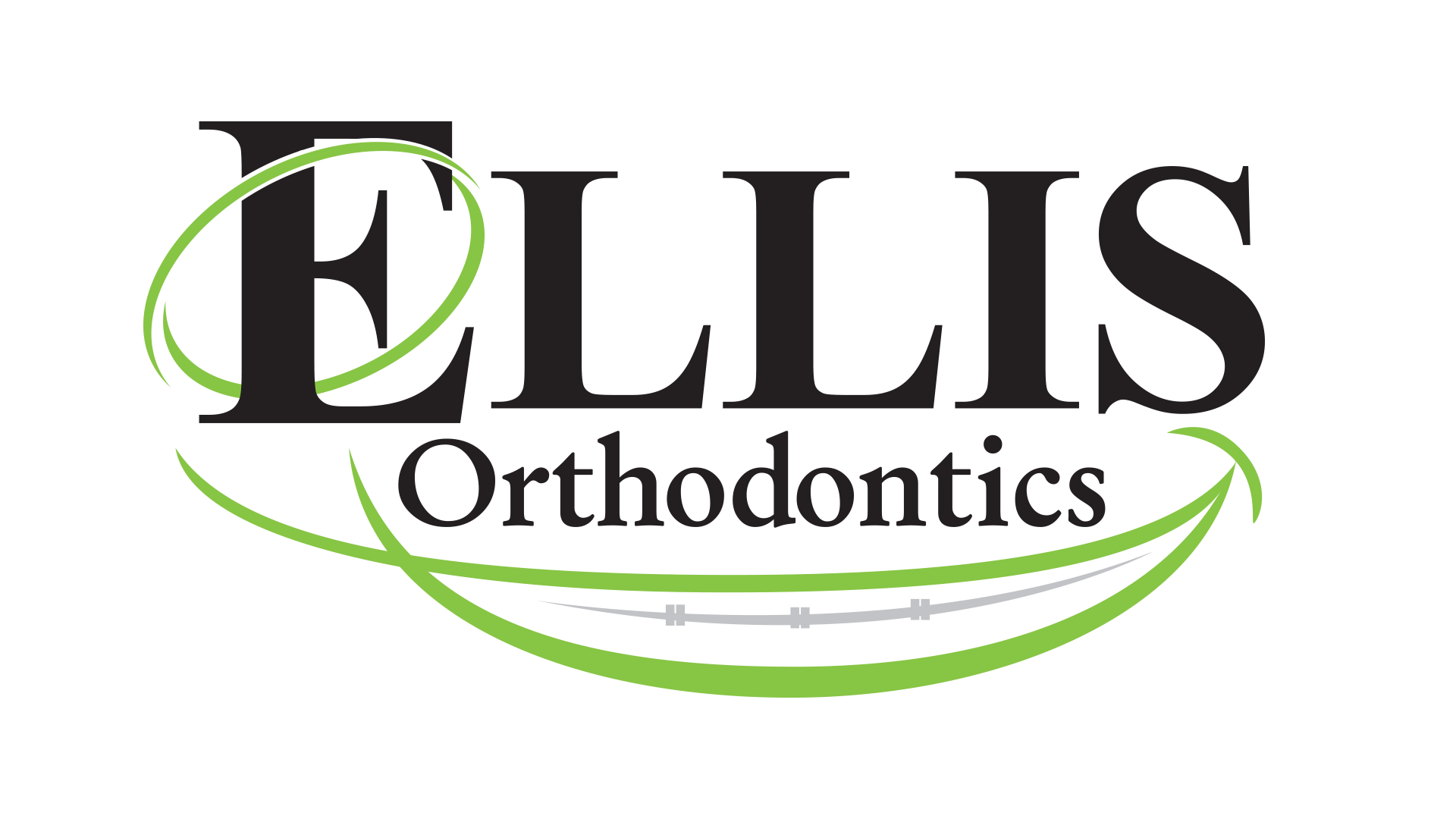HERBST
Herbst Appliance
For patients with "buck teeth", braces alone may not provide a complete orthodontic correction. Challenging orthodontic problems often require additional orthodontic tools to get the job done. A Herbst appliance is an efficient orthodontic tool that Dr. Ellis may recommend in addition to braces to help correct your bite.
A Herbst appliance is attached to the back molars. It consists of a sliding tube that connects to both the upper and lower jaw. By adjusting the length of the tube, Dr. Ellis is able to control the lower jaw's position in relation to the upper teeth. A Herbst appliance is usually worn for 8-12 months of the total time braces are in place.
Herbst vs. Headgear
The main difference between a Herbst appliance and headgear is that the Herbst appliance is securely fastened to the teeth and works 24/7, while headgear is removable and only works while it is in place. To be truly effective, a headgear must be worn between 12 to 16 hours per day, which can present problems for active patients. Dr. Ellis will ensure that you understand what she expects to accomplish, regardless of what orthodontic appliance is recommended.
Adjusting to a Herbst Appliance
Muscle Tenderness - When your child first gets his or her Herbst appliance, there may be some minor overall muscle tenderness and soreness of the teeth. As your child's mouth adapts to the appliance, the soreness should fade.
Tissue Irritation - Mild tissue irritation can occur after the Herbst has been placed, but should not persist after the first few days.
Diet - Eating softer food will help with any muscle soreness, especially the first week or two after getting the appliance. It is also important to eliminate sticky foods, like candy and gum, or hard, crunchy foods, which can damage the appliance and lengthen treatment time.

